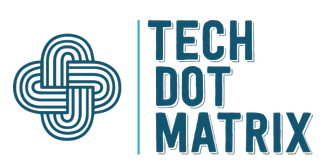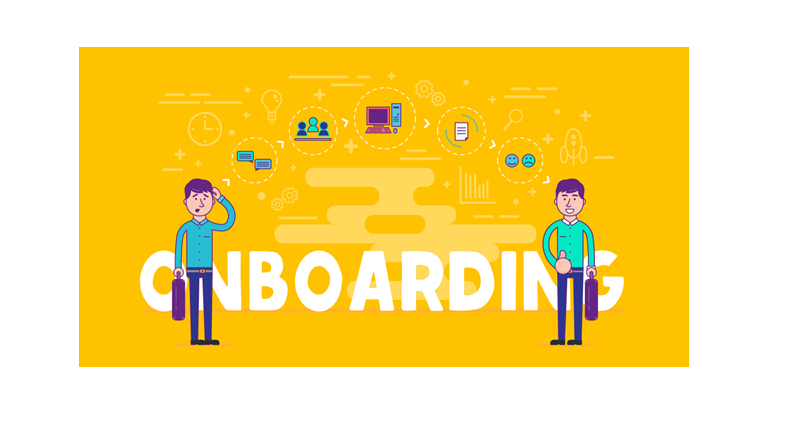
Defining a managed service provider is quite hard since it’s widely acknowledged that standardization is the key component. A lot of people, on the other hand, want to oversimplify things, but there are more parts to the puzzle than just standardization.
Even the niche itself has nuances and degrees of sub standardization. Let’s look at individual clients, for example. Most of them have a range of software and hardware setups that they use in their organization.
Because this is an individual choice, there’s no standardization in this part, and their operating is based on how much of their finances can be allotted to new technology. If you move further up the scale, there are companies where there CLS is implemented. This stands for client-level standards.
At this stage, every client has the same standardized software or hardware. At the highest level, all clients will have the same equipment. This is quite hard to do since getting people on board is the most challenging aspect of the entire procedure.
However, this is the quickest approach that can be used to ensure that there is an appropriate degree of uniformity between customers and clients. We’re going to go over all of the things you can do to ensure that your clients are correctly onboarded.
What’s the definition of onboarding?
Whenever you bring a new customer into your MSP, that’s considered onboarding. The initial meeting is always considered the first step. As we all know, first impressions are crucial in business and in personal relationships.
That’s why you can use this meeting to set the tone for all subsequent quarterly business reviews, as well as meetings with the clients. If the conditions allow it, try to get your service and account manager to come to the meetings.
Of course, if you’re responsible for both positions, try to be a part of the discussion. It’s crucial to have more than one person in every meeting because they will look at you as representatives. Your company is trying to demonstrate that helping a particular client is done through team effort. If you’re a hardware company, it’s wise to bring a technician too. It’s also important to complete all site evaluations beforehand and be prepared for the meeting.
There are a couple of things to pay attention to before you start the conversation. It’s always wise to talk about the future first. This sends a positive vibe to the room since imagination gives you the opportunity to paint a better picture than what’s currently going on.
That’s why you can start talking about taking the onboarding strategy to the next level. If they like it, they can either agree or disagree with the strategy that’s going to bring their network up to certain standards. After you’re all on the same page, you can provide a quotation as well as a time for completing the project.
Next, come the updates that will instantly improve the working environment to meet current requirements. Finally, you can finish by showing them where they stand at the moment in terms of evaluations and projects with the future ideal version. Almost all of the time, the client will agree with you instantly, and you can start moving forward.
It’s critical to get their approval for the action plan that you’ve created and schedule another meeting that’s going to happen when the project is half done. This is the minimum number of milestones before going forward. If that’s going to take more than two months, you’re going to need to schedule another meeting.
What occurs throughout the onboarding process?
As the name suggests, onboarding is a process, and it can’t be completed in a single day or a week. It’s something that continuously gets improved. In the beginning, you need to know what your clients have before their tech gets assessed.
As soon as you have a general idea of their current standings, you can start comparing where they are at the moment and where they’re planning to go in the future. Those two variables will give you a general idea for the quotation, and then you can start working.
Of course, this is with the agreement of the client and the timetable. When everything is agreed upon, you can start working on and implementing projects. Keeping track of progress and regular updates are vital to maintaining a healthy relationship with your customers.
A few final words
It’s inevitable that some clients are going to complain about the price. You need to inform your clients that these kinds of managed services entail oversight of over-complicated systems of employees, software, and hardware.
To keep track of everything, you need to have regulations, methods, and standards. The main point of MSP is to reduce issues in the future by improving risk management and increasing efficiency.
For other tutorials, visit our TUTEZONE section. You will be glad that you paid a visit there. Trust me. It’s worth visiting.





